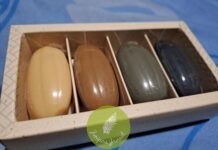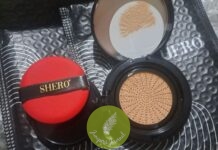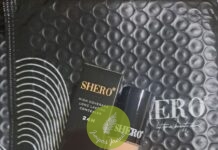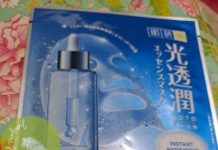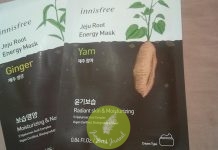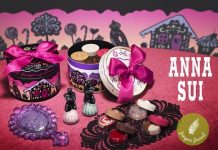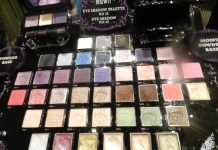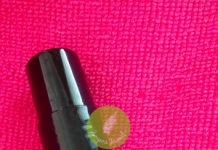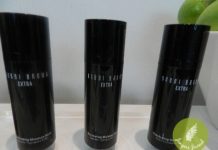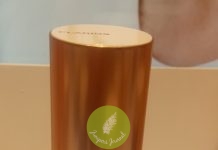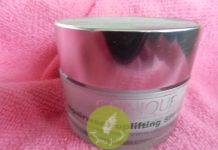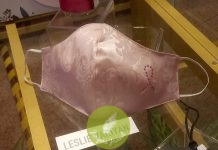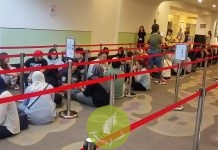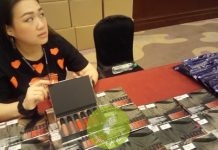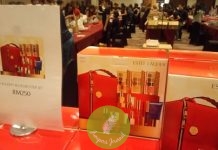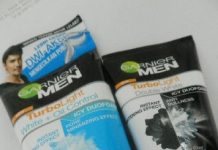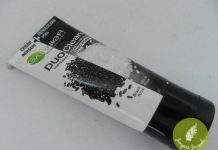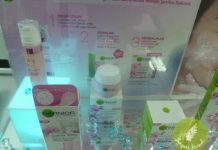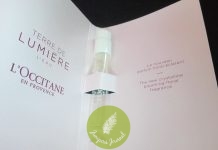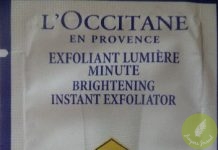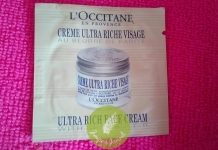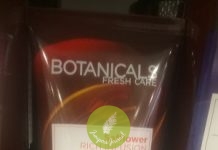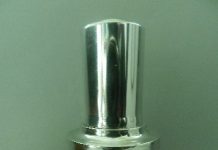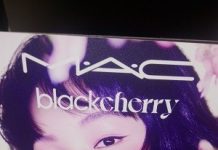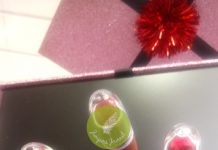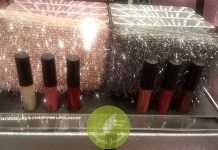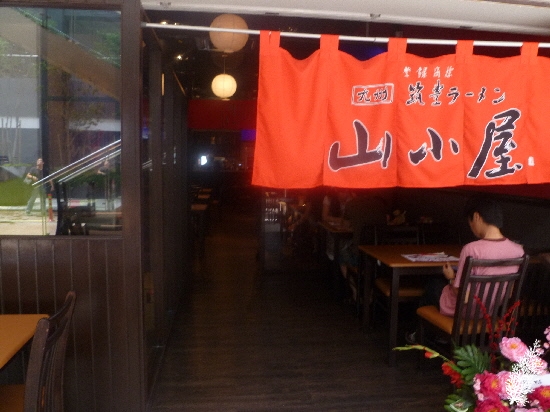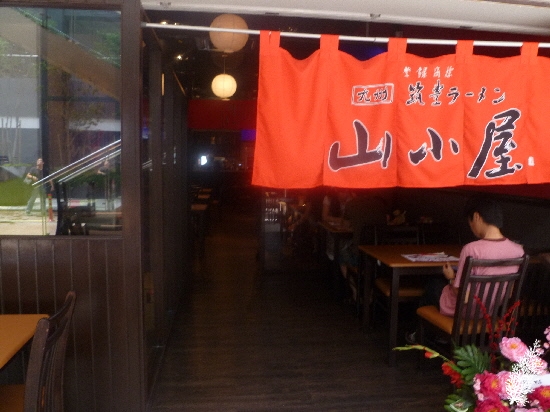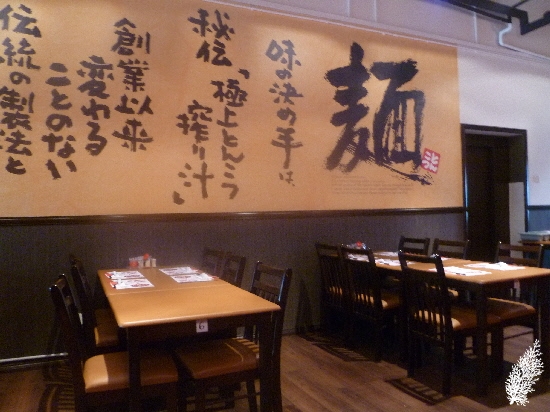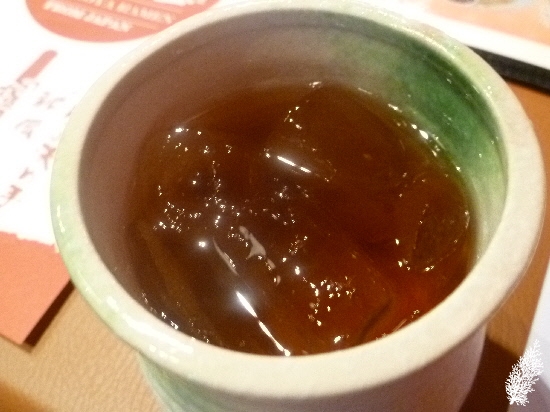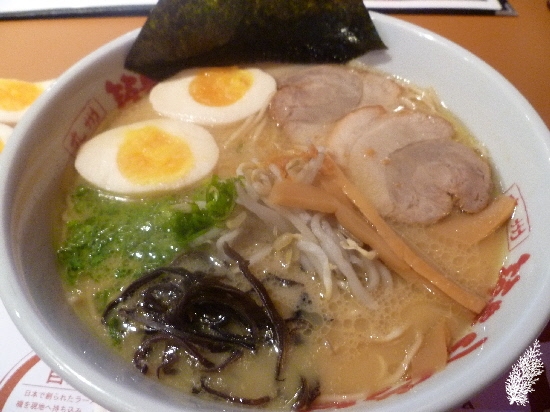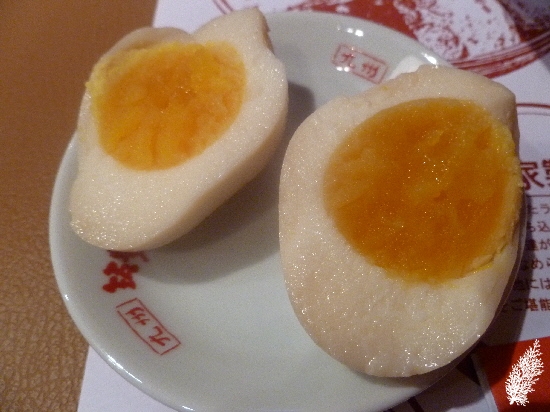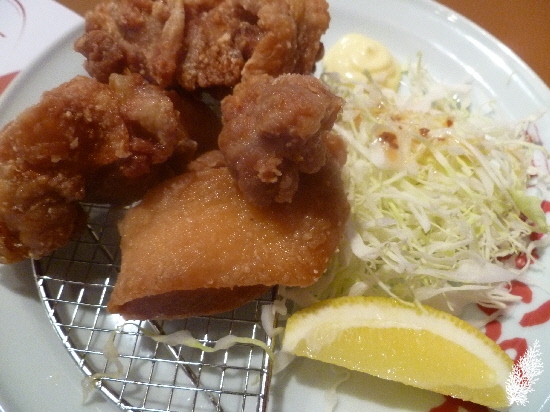Who doesn’t love Japanese food? I love most forms of Japanese cuisine especially sushi and tempura but I have always drawn the line at ramen. I am not a big fan of ramen and ever since my first encounter with ramen in more years than I can remember, I’ve never felt the urge to eat it.
When I was invited for a food tasting session at the newly opened Yamagoya Ramen at Solaris Dutamas, their 1st outlet in Malaysia, I did hesitate for a while but I thought this would be a good opportunity to find out if my taste buds had changed. Yamagoya is a chain ramen restaurant serving Kyushu-style ramen in Japan.
The founder of Yamagoya is Mr. Masatoshi Ogata whose parents started their first Gyoza restaurant in Japan called “香蘭”. In 1970, Mr. Ogata (then 23 years old) started to hand make ramen but wasn’t as successful as other ramen shops so he spent 5 years dedicated to research and testing and finally had a secret recipe for the ramen and soup. With the new recipe, his business became a success and attracted customers from cities such as Kurume and Hakata. He established his restaurant name as Yamagoya.
Even with a flourishing business, Mr. Ogata wasn’t satisfied as he wanted the best ingredients so he set up his own factory to produce materials and ingredients for his ramen such as noodles, “char siu” and soy sauce. In May 1994, he established YS Food Co Ltd. After 3 years, the number of outlets increased to 40. He also started to supply Yamagoya ingredients to over 145 shops all over Japan. In the year of 2005, Feb, 09th, YS Food Co Ltd. went public listed at Jasdaq stock market.
Today, ramen restaurants are mainly concentrated in Chugoku, Shikoku, and Kyushu regions as well as all over Japan. In 2006, there were already 2 Yamagoya restaurants in Bangkok established through joint venture with a local partner.
With this brief background of Yamagoya, let’s go on to their 1st Malaysian outlet which was easy to find since I am now quite familiar with Solaris Dutamas although it may well look confusing to a 1st time visitor. There are more eateries open there now since the last time I was there.
My appointment for the food tasting session was at 11am which was before the lunch time crowd arrived. Just as well as it did get rather busy just as I was finishing up an hour later. This is a cozy little place where decorations are minimal and I imagine this would be what it’s like in a typical ramen shop in Japan although as I said, I can only imagine since I’ve never been to one in Japan. There is a tv screen right in front which keeps repeating a video of a Yamagoya Ramen outlet in Japan and of customers tucking into a bowl of ramen.
There aren’t many items on the menu which is the way I like it as I am often wary of eateries that offer too many dishes. I would rather have the option of a few choices as it tells me that they specialise in something. Some items on the menu are not available yet.
Although there are a few choices of ramen, the noodles in each dish are the same and are hand made on site. You can view the noodle machine through a glass window but it wasn’t in operation when I was there. No eggs are used in the noodles which explains why the noodles lack springiness but more on that later.
At the moment, all the soup base for the ramen is compressed pork bones from Japan (yup, definitely non-halal!) and special essence also from Japan. In fact, a lot of the ingredients are from Japan which may account for the higher price of items on the menu. There’s also an option of chicken soup base for the ramen but it’s currently unavailable.
The house specialty ramen is the Mukashi Special Ramen (RM24) which has a lot of ingredients – a whole soy sauce seasoned egg split into halves, bean sprouts, bamboo shoots, wood fungus, 2 hefty pieces of “char siu” or ham, chopped spring onions, a nori sheet and of course the famous Yamagoya ramen.
There are other variations such as Spicy Tobanjan Ramen (RM22), Yamagoya Ramen (RM22) which is a more basic/scaled down version of Mukashi Special Ramen as it does not have egg or bamboo shoots, Miso Ramen (RM24), Black Garlic Ramen (RM22), Char Siu Ramen (RM24), Menma Ramen (RM22) which I am told is an acquired taste as it contains more bamboo shoots which may not be to everyone’s liking and there’s Nori Seaweed Ramen (RM22).
Side dishes are Gyoza (6 pieces at RM11), Fried Rice (RM10), Pork Char Siu (RM11), Fried Chicken (RM11), Char Siu Rice (RM11), Yamagoya Soy Sauced Egg (RM4) and Stir Fried Vegetables (RM7). There is a selection of beers such as Carlsberg and Asahi, sake, green tea and some drink I was recommended called Mugi-Cha or roasted barley tea.
I thought I would be served hot Mugi-Cha but a cold drink was placed in front of me. It doesn’t taste like the usual sweet barley drink we get from kopitiams. It isn’t sweet but it isn’t bitter either. A little bland but refreshing on a hot day. I wouldn’t mind having this again.
This was the biggest bowl of noodles I have tucked into for a long time. I can’t remember the last time I had a bowl of noodles this filling. It’s not just the assortment of ingredients. There were oodles of noodles in this bowl. The first thing I did was smell the broth. It looked creamy but it isn’t a thick broth. It smelt hearty and flavourful, looked and smelt promising.
Indeed, the broth did not disappoint. It was like home-made soup, not that I would know what that was like since I have never been invited to a Japanese home to try home-made ramen broth but it did taste like it had been prepared for hours before it came to my table.
Bamboo shoots are really an acquired taste, I neither liked nor disliked them. They were firm but not my favourite vegetable. I preferred the wood fungus strips since they are in quite a lot of Chinese dishes so I am used to the taste. The “char siu” was a bit too salty for my liking but value for money here as they are big and thick! The soy sauced eggs were okay and went well with the broth.
Now for the ramen, they were softer than what I am used to but then again, I am used to the springiness of Chinese noodles. I am not sure if all ramen are supposed to be softer than what Chinese use in the “wan tan” noodle dish but all I can say is I enjoyed the soup a lot more than the ramen. Well, I did say from the outset that I’m not ramen’s biggest fan.
These eggs are similar to those in the ramen. The yolks do look appetising. They are quite soft unlike those in hard boiled eggs.
Doesn’t the fried chicken look juicy? It is served with a side salad and mayo. The chicken was de-boned and very tender but I found it a bit too oily for my palate. I was told they use kampung chicken which is really lean. Seasoning for the chicken is from Japan. Would have been perfect if there was no oily aftertaste.
The gyoza seems to be one of their popular side dishes as it was sold out the day before. I was looking forward to this one as I love gyoza. The skin was thin but there wasn’t much filling and it tasted a bit too bland for me. It’s as if it could have done with more chives and a bit more seasoning or spice for the meat.
There are shredded red chillis and sesame seeds available on the tables should you wish to add them to your ramen. They do not do ramen takeaways as the broth will not be of the same taste and quality once it is taken away. Ramen should be eaten fresh and piping hot so best eaten as soon as it’s delivered to the table.
All prices are subject to 10% service charge. This is a non-halal restaurant. Yamagoya Ramen is located at A2-G2-8, Solaris Dutamas, No. 1 Jalan Dutamas 1, 50480 Kuala Lumpur. Tel no : 03-6206 2220.

